- First step: identify healthy companies
- Second step: identifying companies with strong growth potential
- Third step: identify a company with an economic moat
Contents
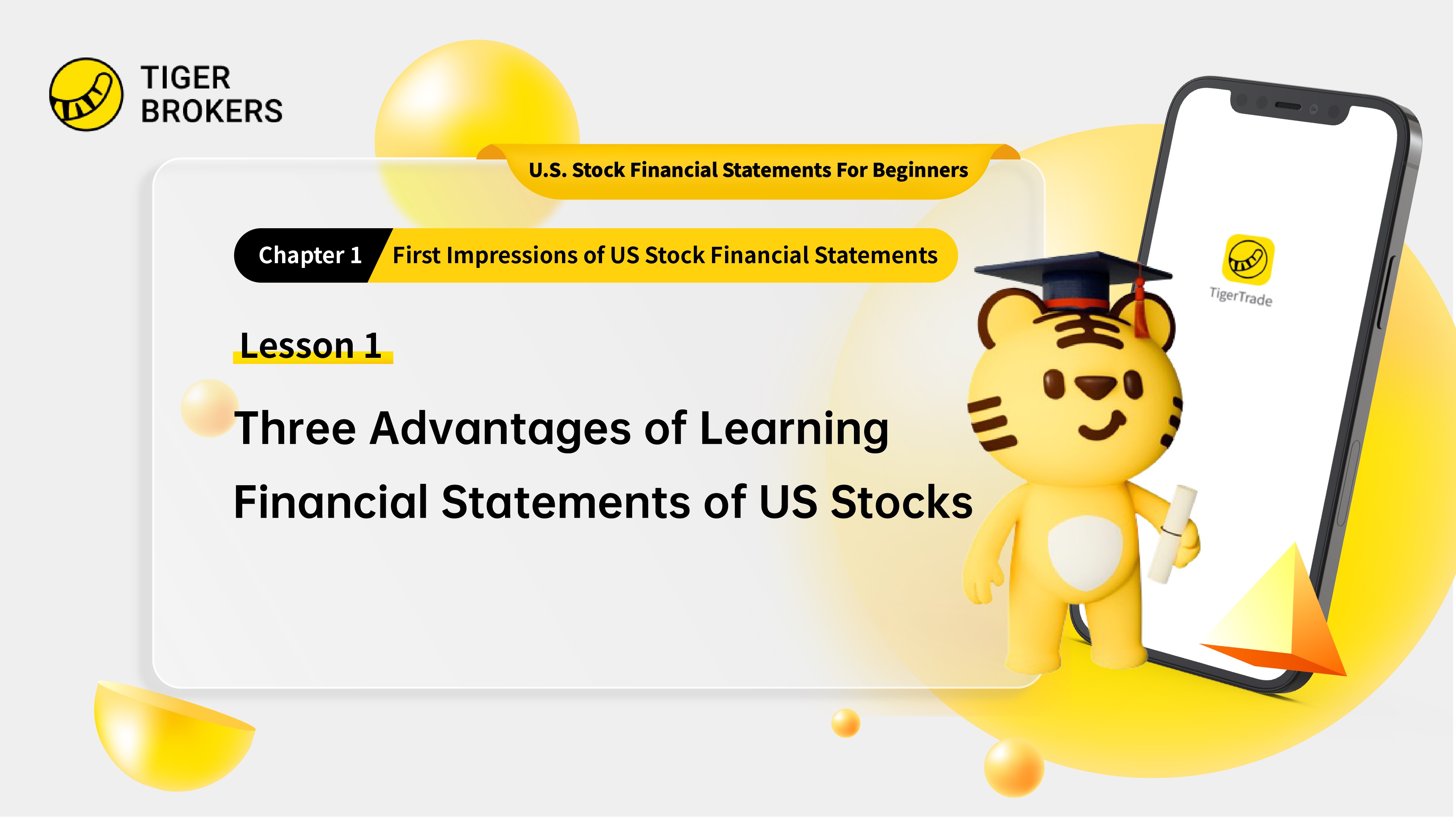
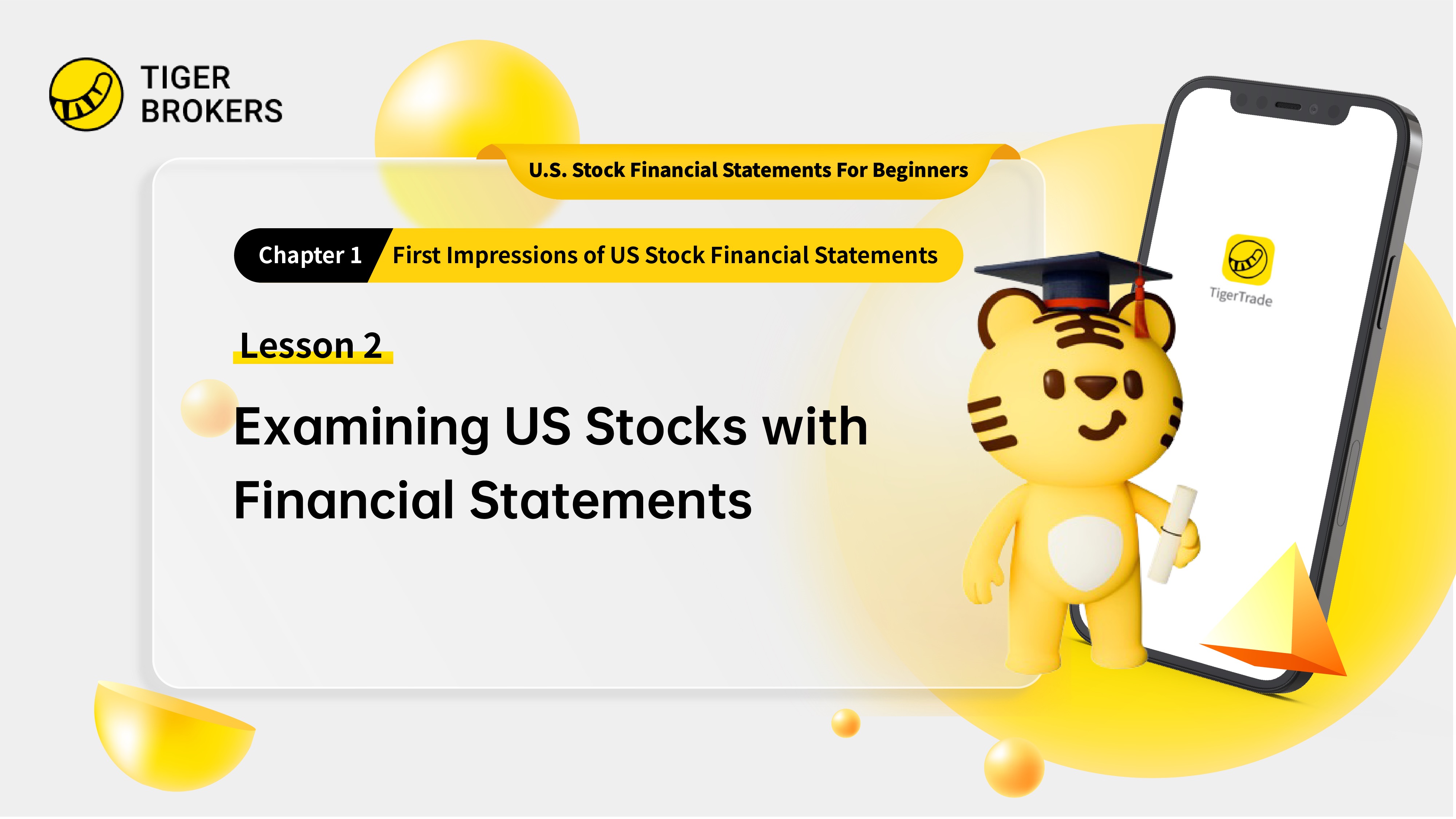
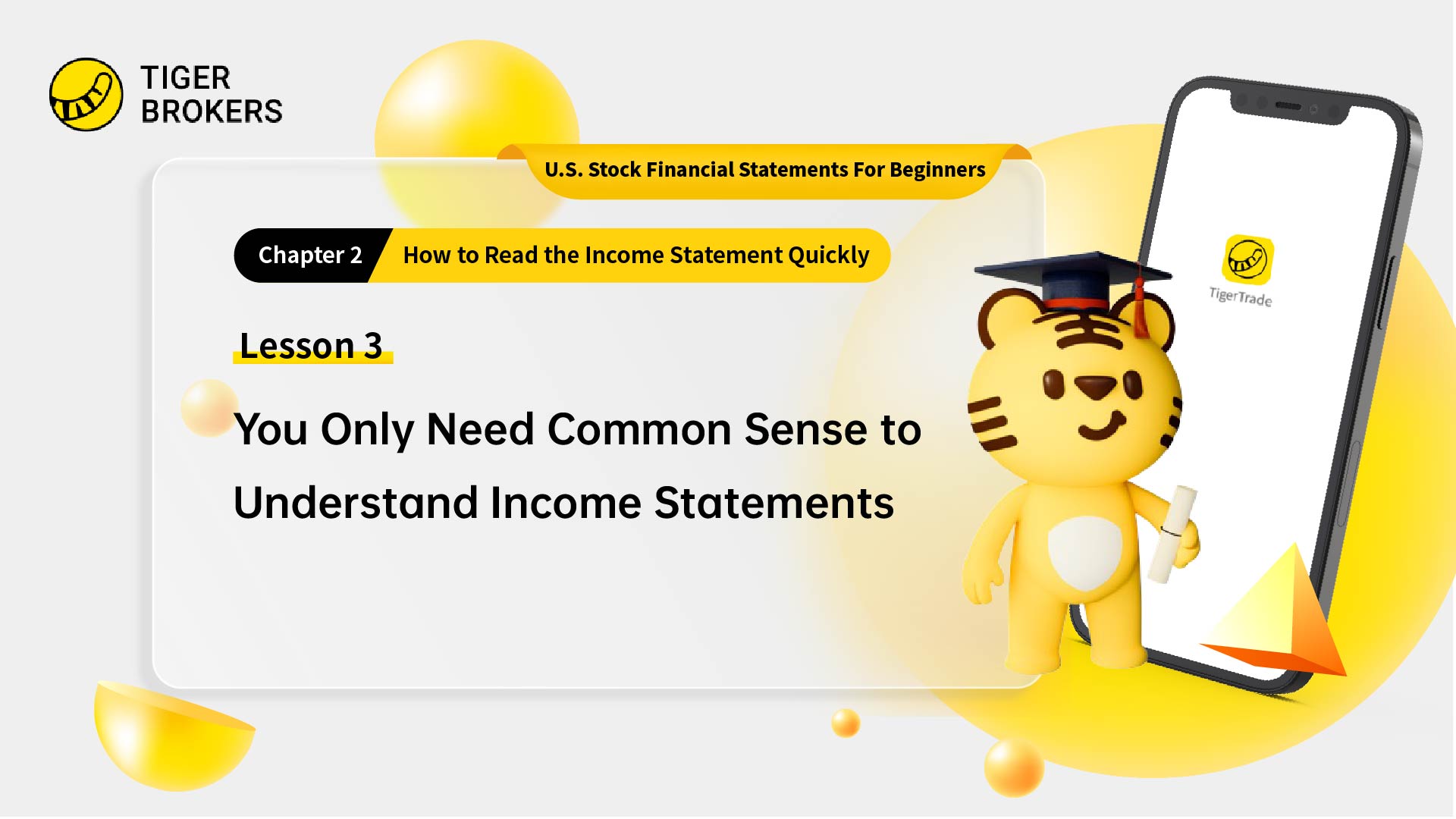
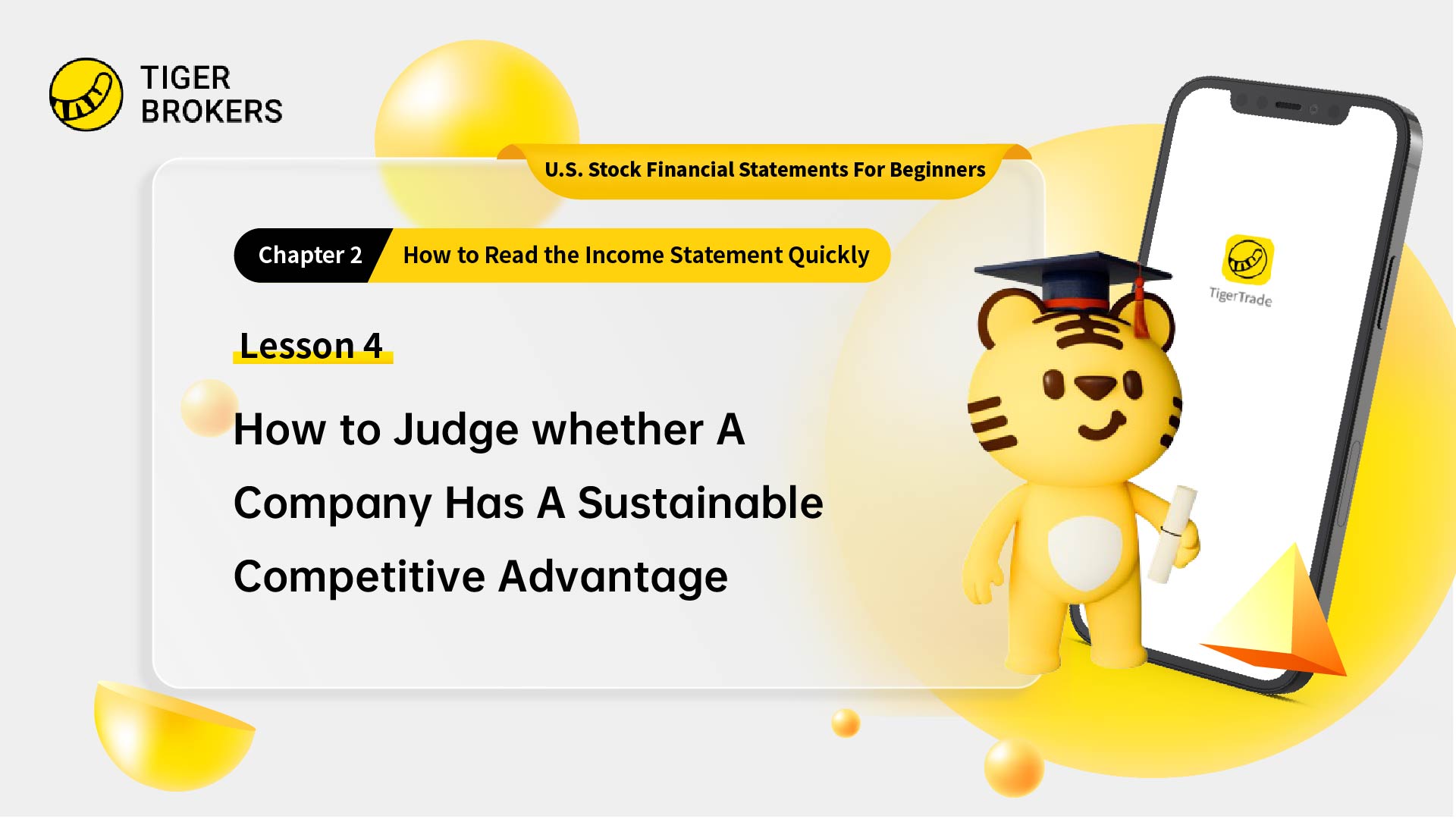
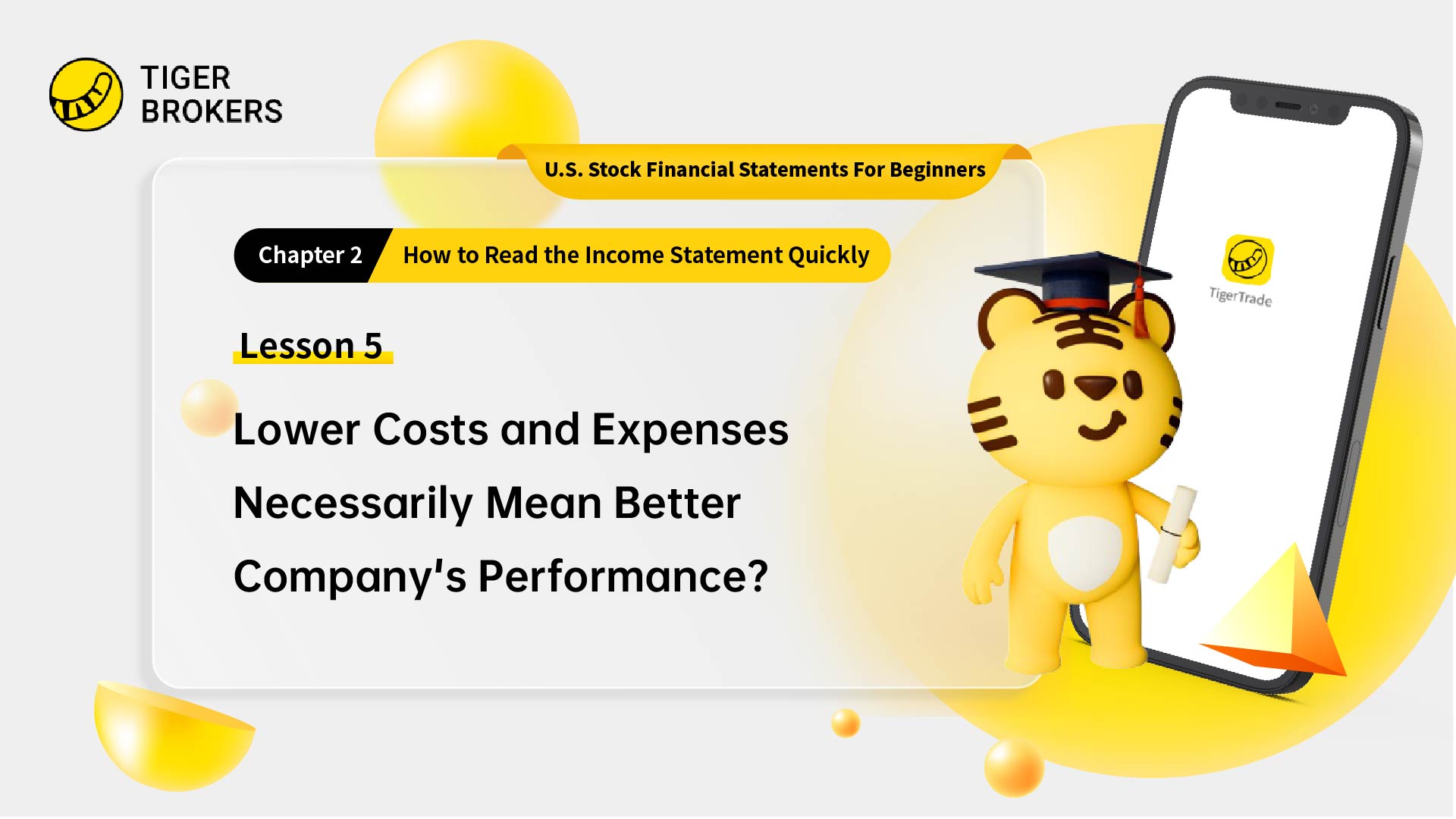
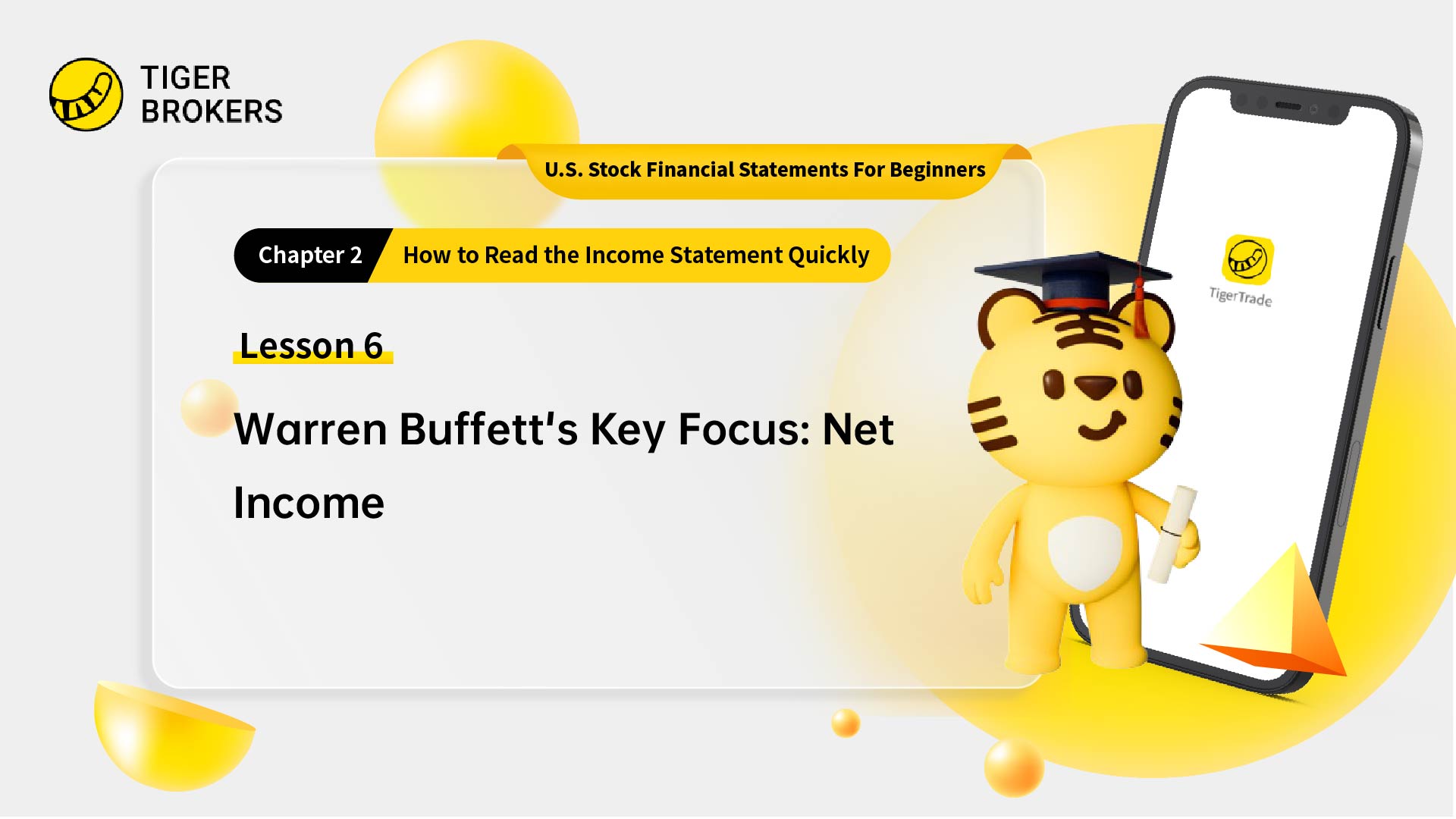
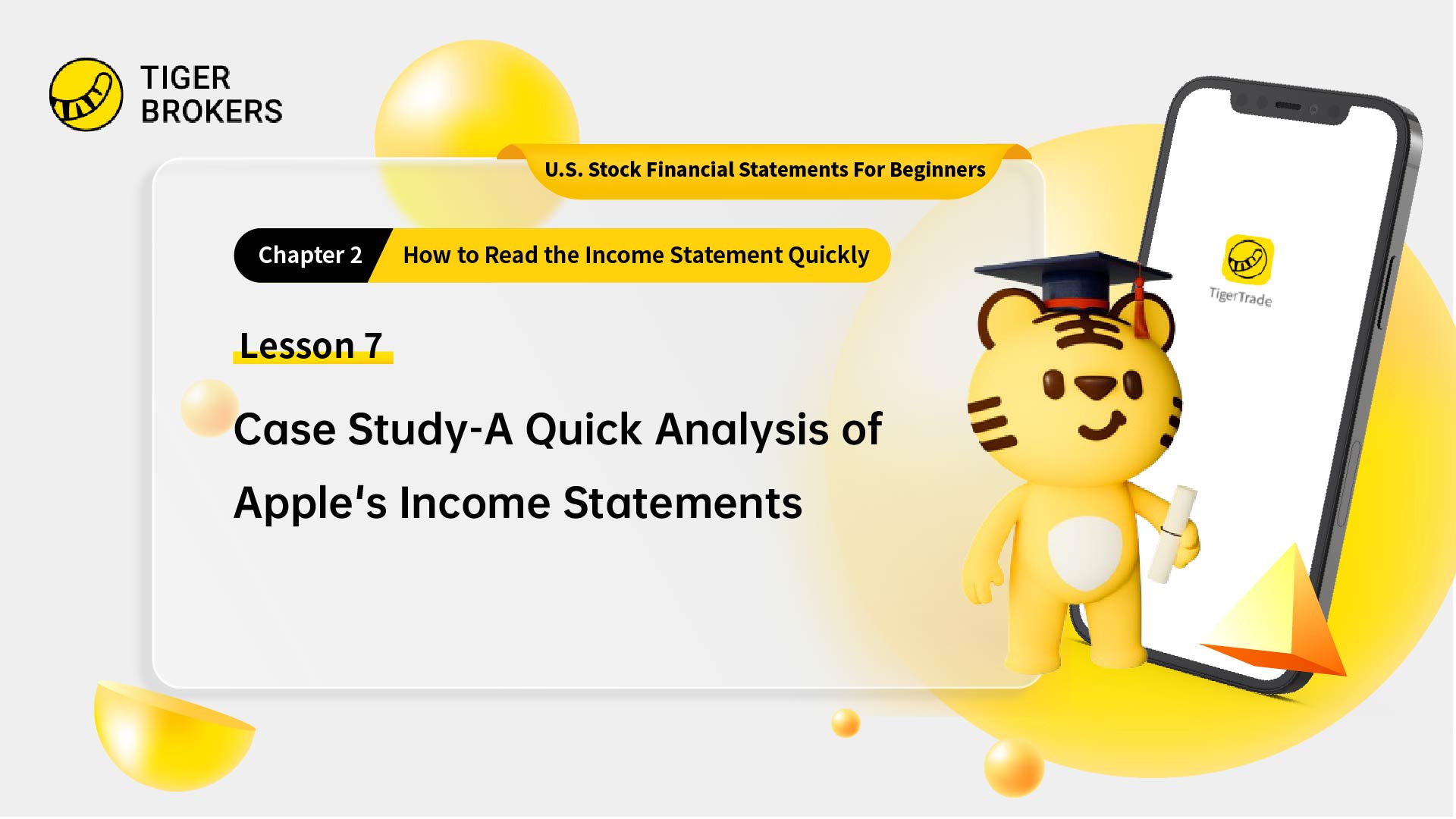
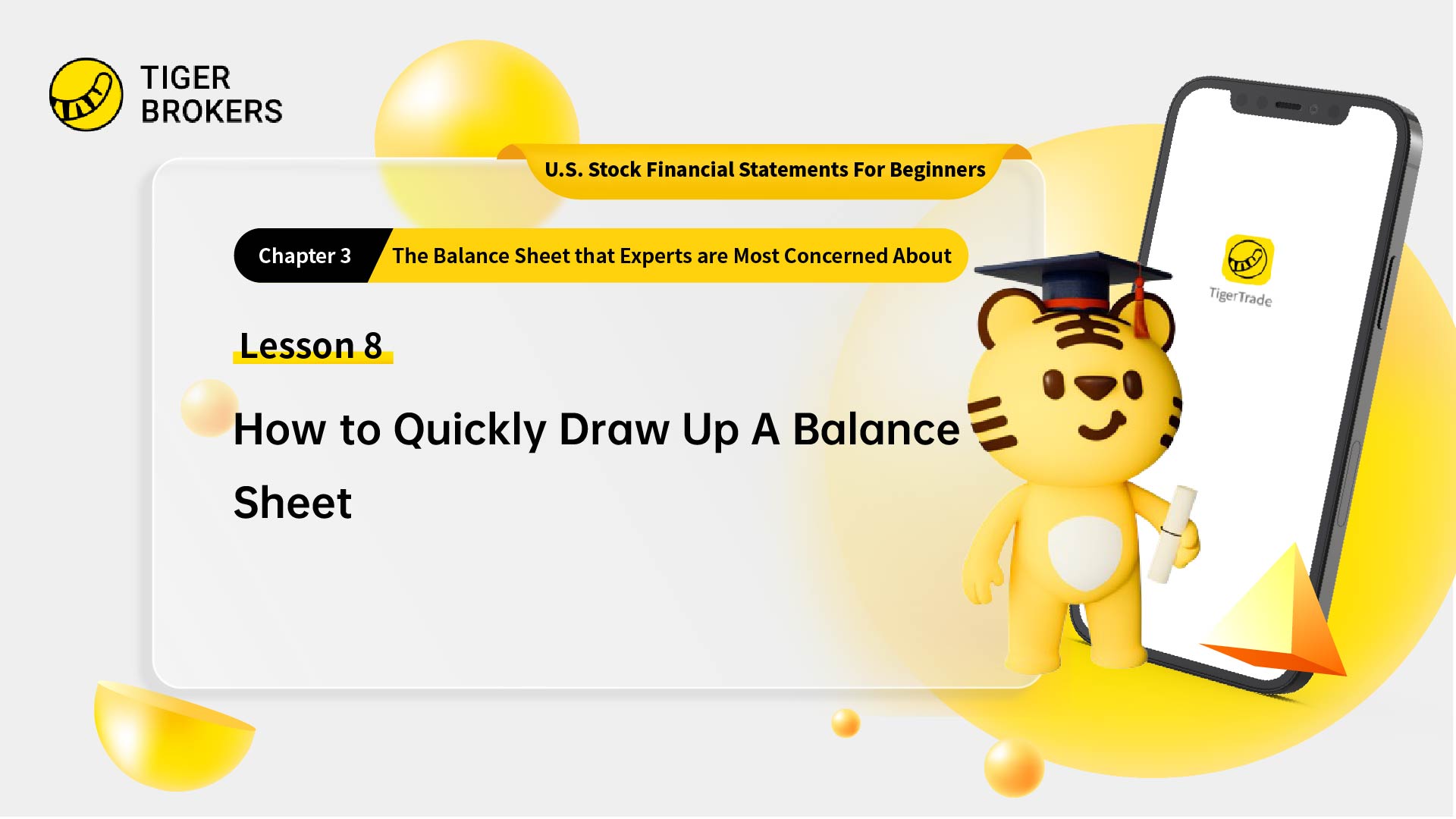
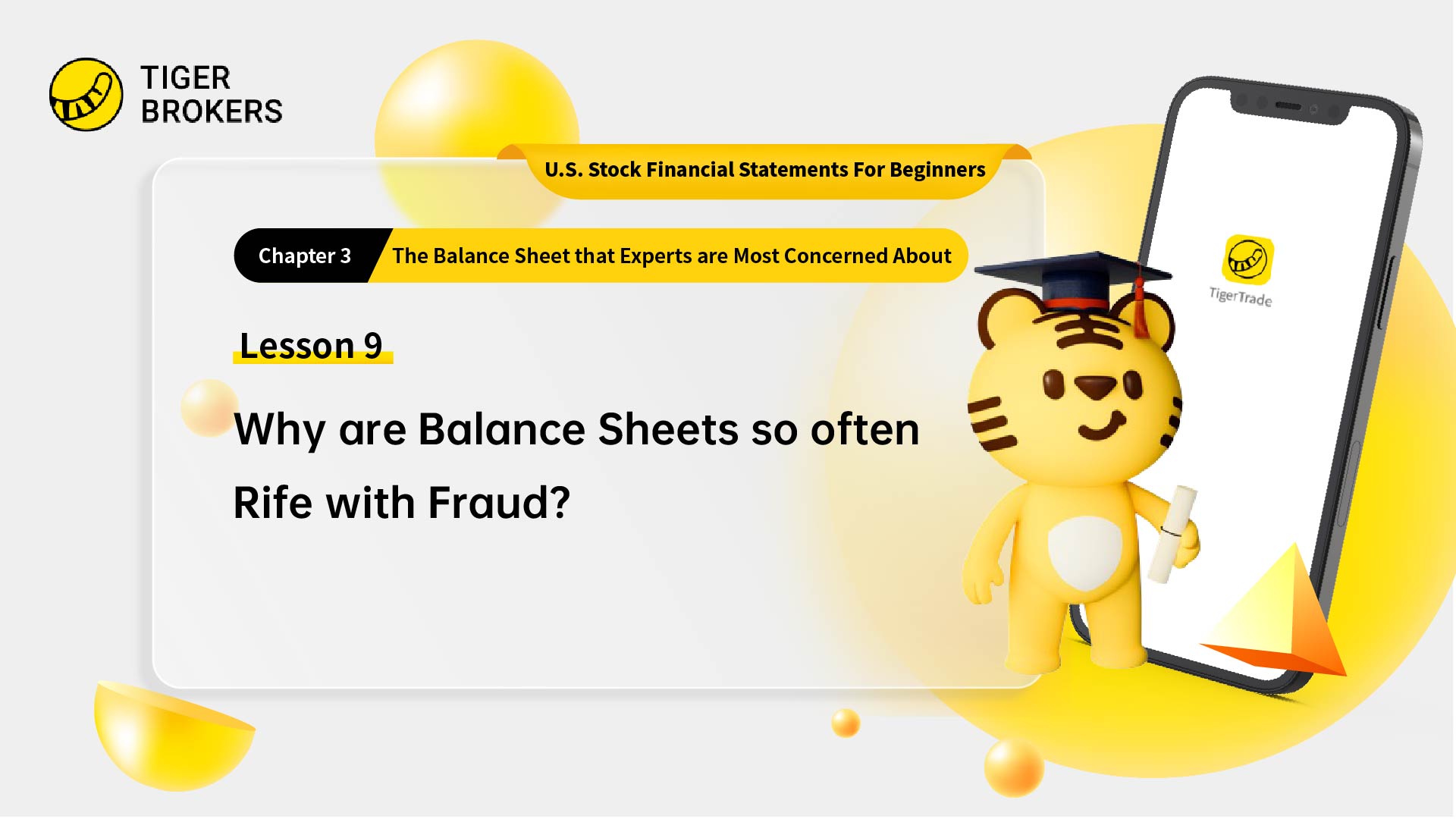
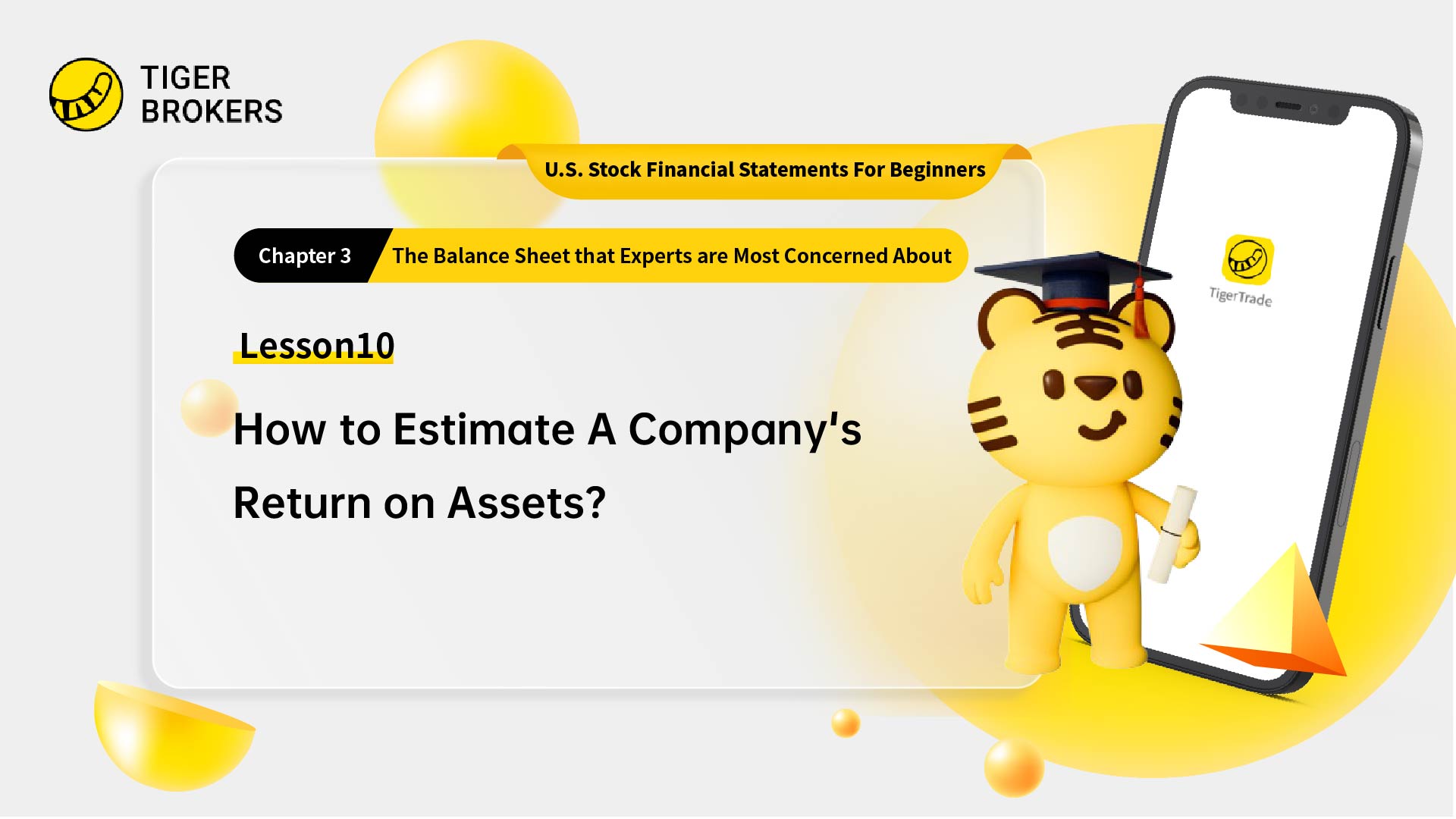
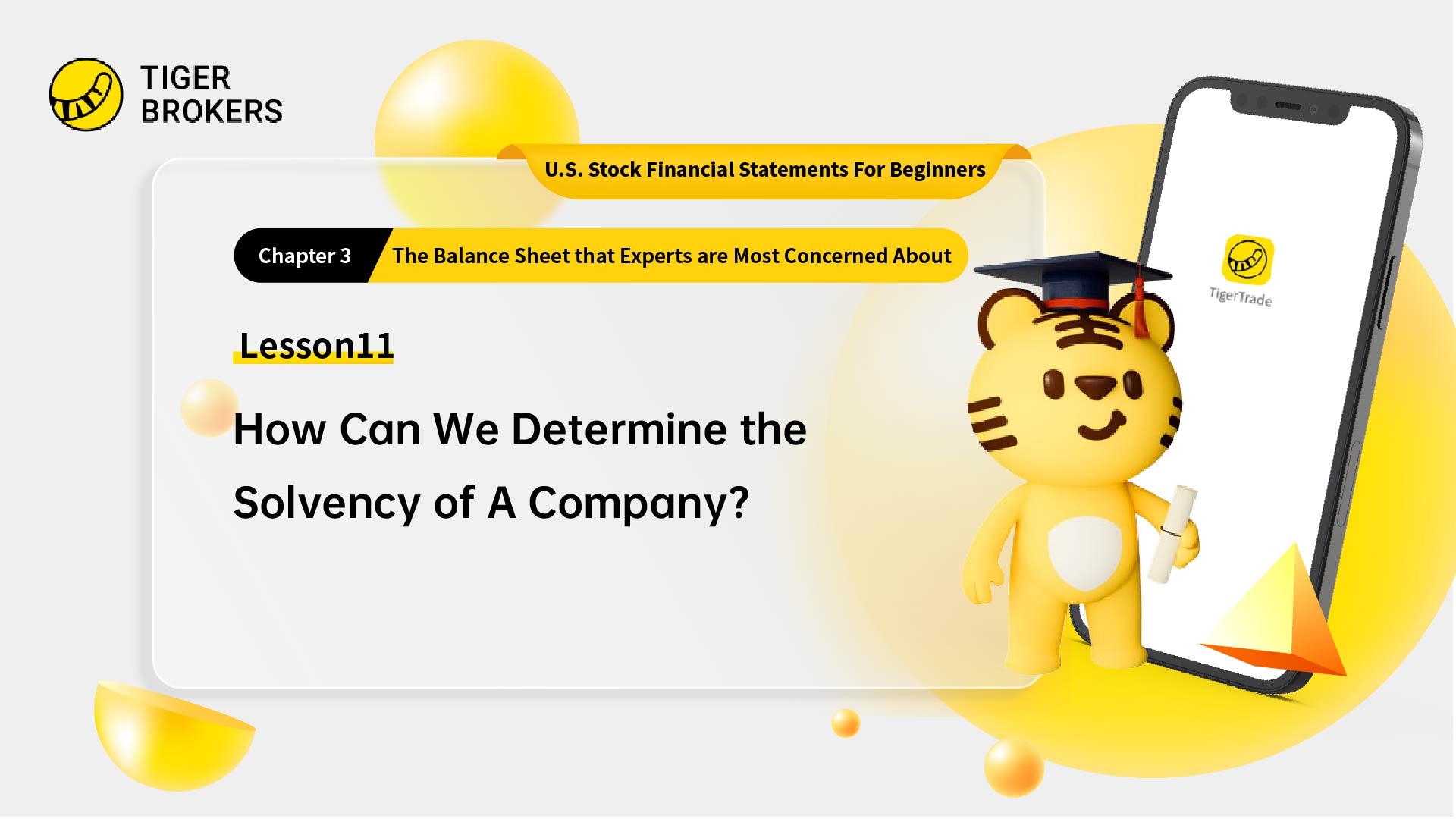
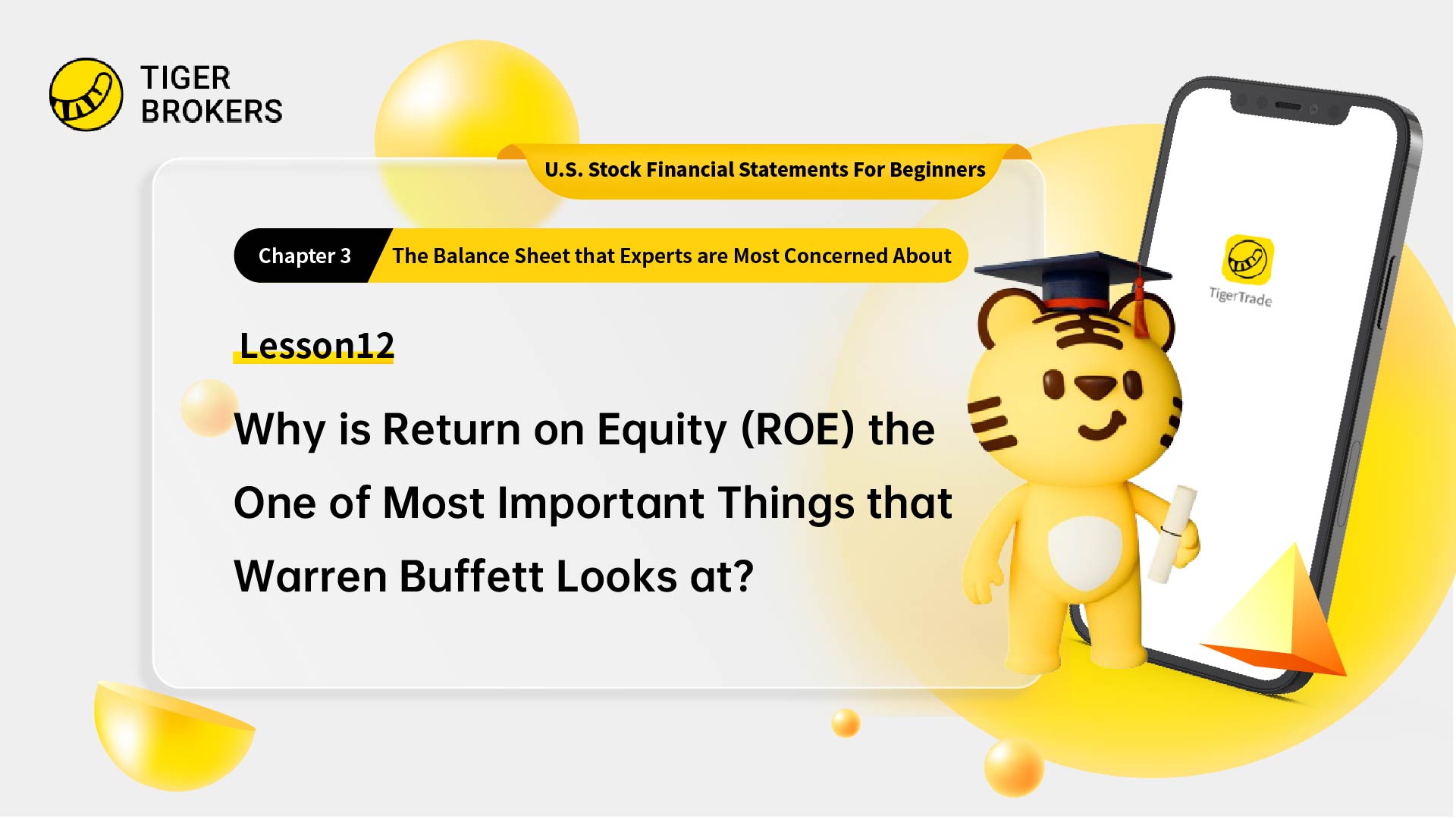
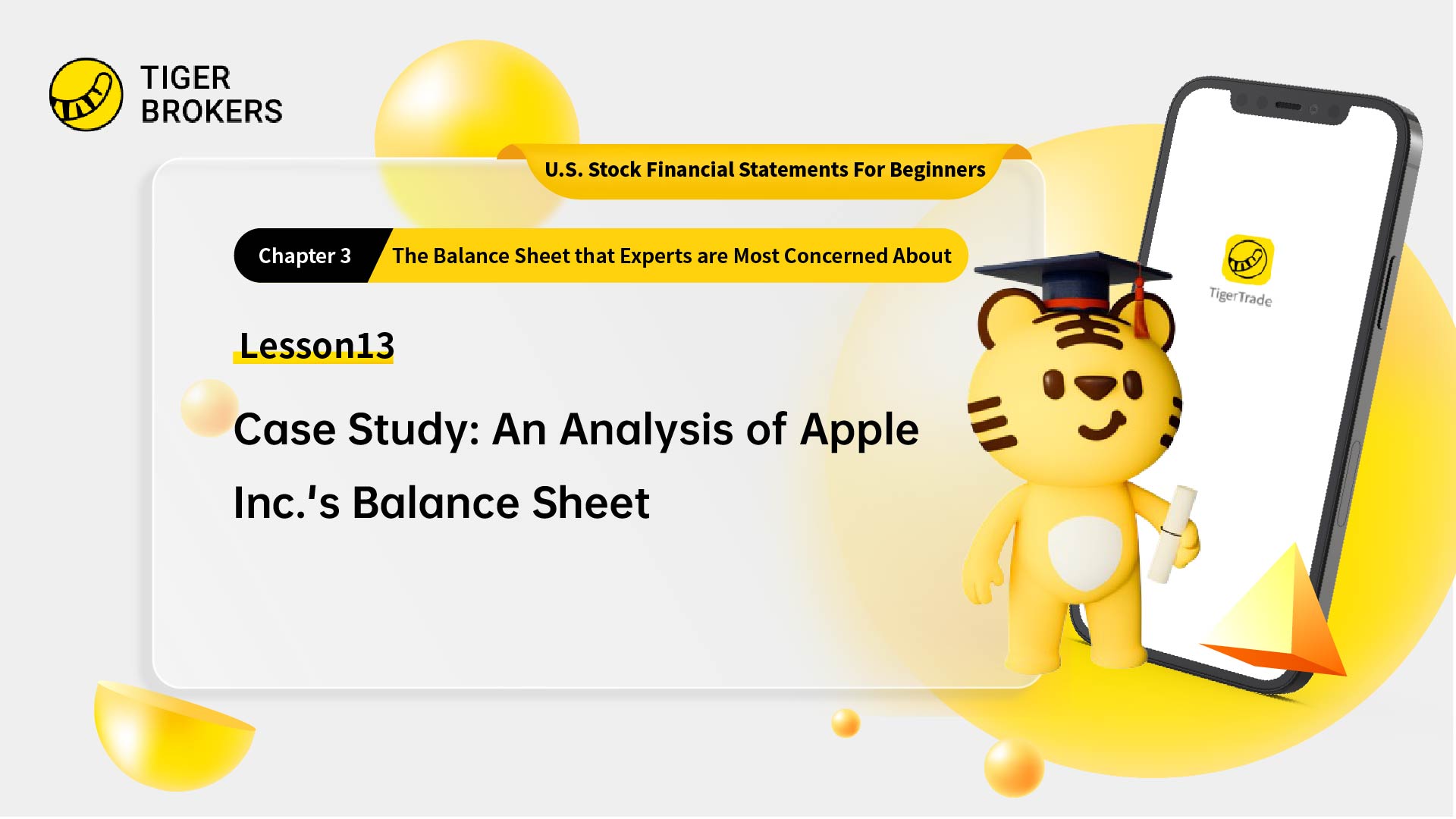
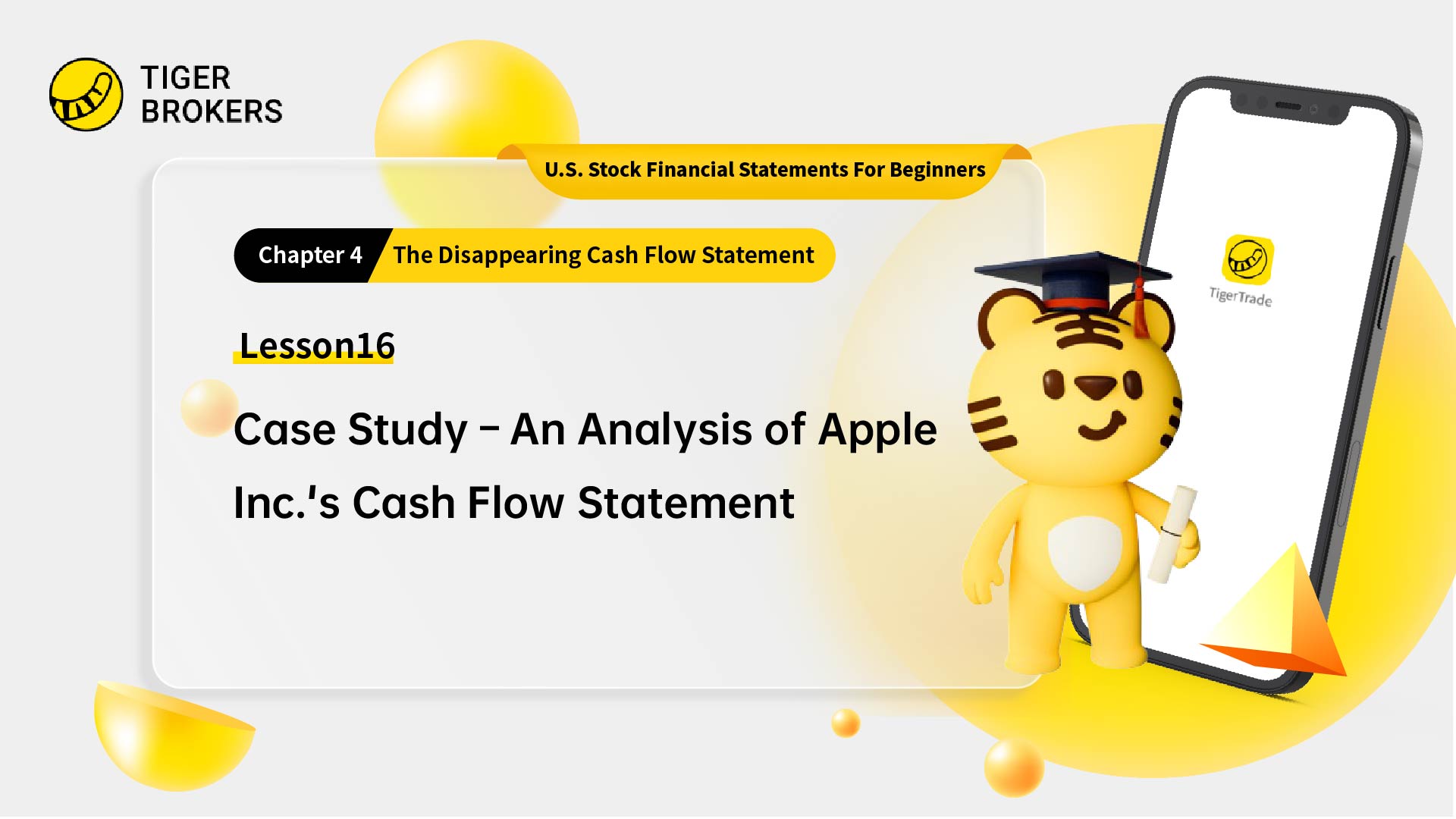

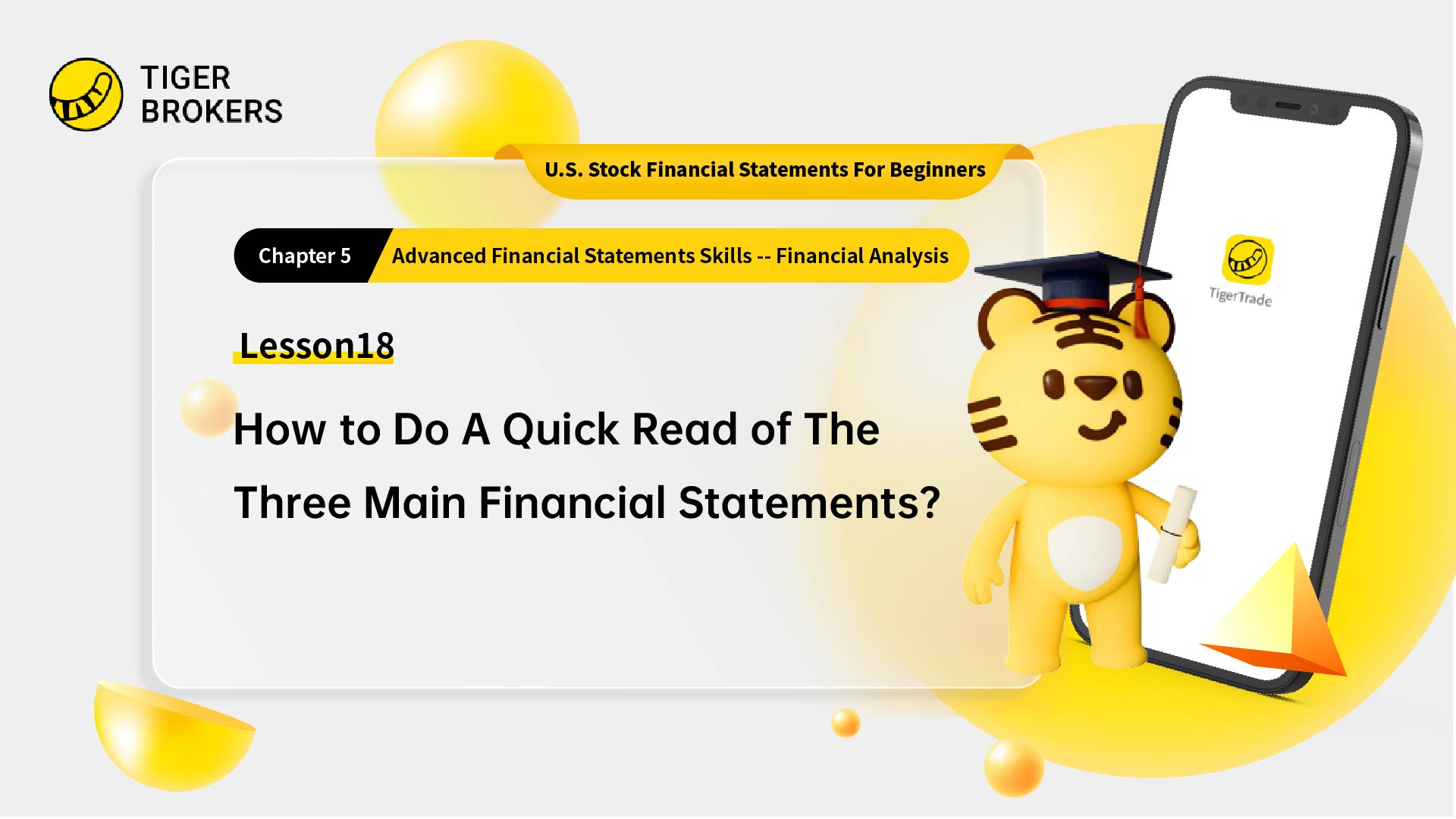
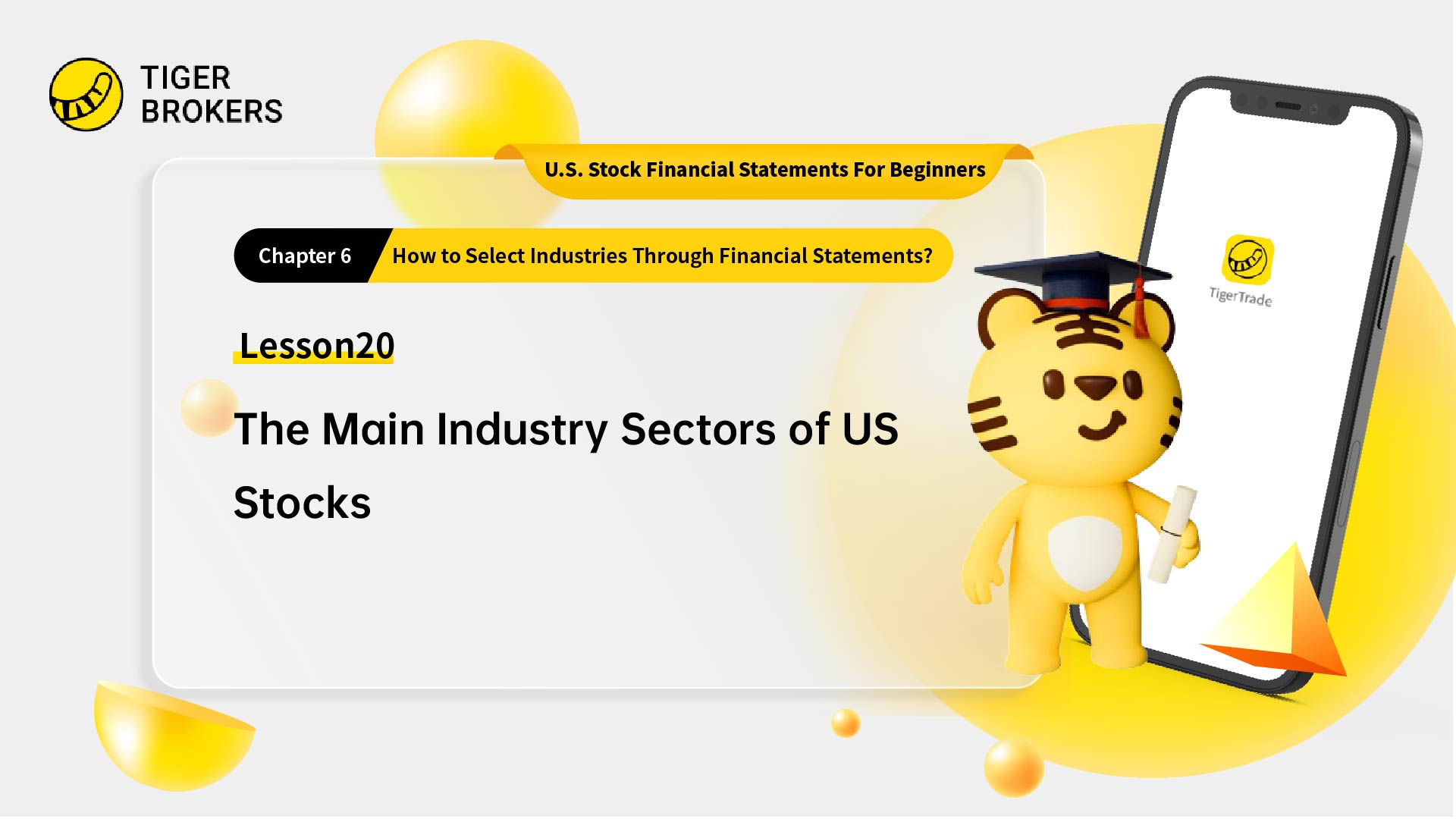
US Stock Financial Statements
Profile
We all know that how much money you make in the stock market is directly proportional to how much you know about your investments.
Buffett has created countless classic investment cases in the stock market, each of which has his unique understanding and views on the company's financial report.
【Course outline】
- Chapter 1: First impressions of US stock financial statements
- Chapter 2: How to read the income statement quickly
- Chapter 3: The balance sheet that experts are most concerned about
- Chapter 4: The disappearing cash flow statement
- Chapter 5: Advanced financial statements skills -- financial analysis
- Chapter 6: How to select industries through financial statements
- Chapter 7: Financial statement practices - how to trade stocks correctly
【Disclaimer】
The information herein was prepared for educational purposes, and does not constitute an offer, recommendation or solicitation, nor does it constitute any prediction of likely future stock performance. In preparing this information, we did not take into account the investment objectives, financial situation or particular needs of any person or affiliated companies. Before making an investment decision, you should speak to a financial adviser to consider whether this information is appropriate to your needs, objectives and circumstances. Tiger Brokers assumes no fiduciary responsibility or liability for any consequences financial or otherwise arising from trading in securities if opinions and information in this document may be relied upon.This advertisement has not been reviewed by the Monetary Authority of Singapore.
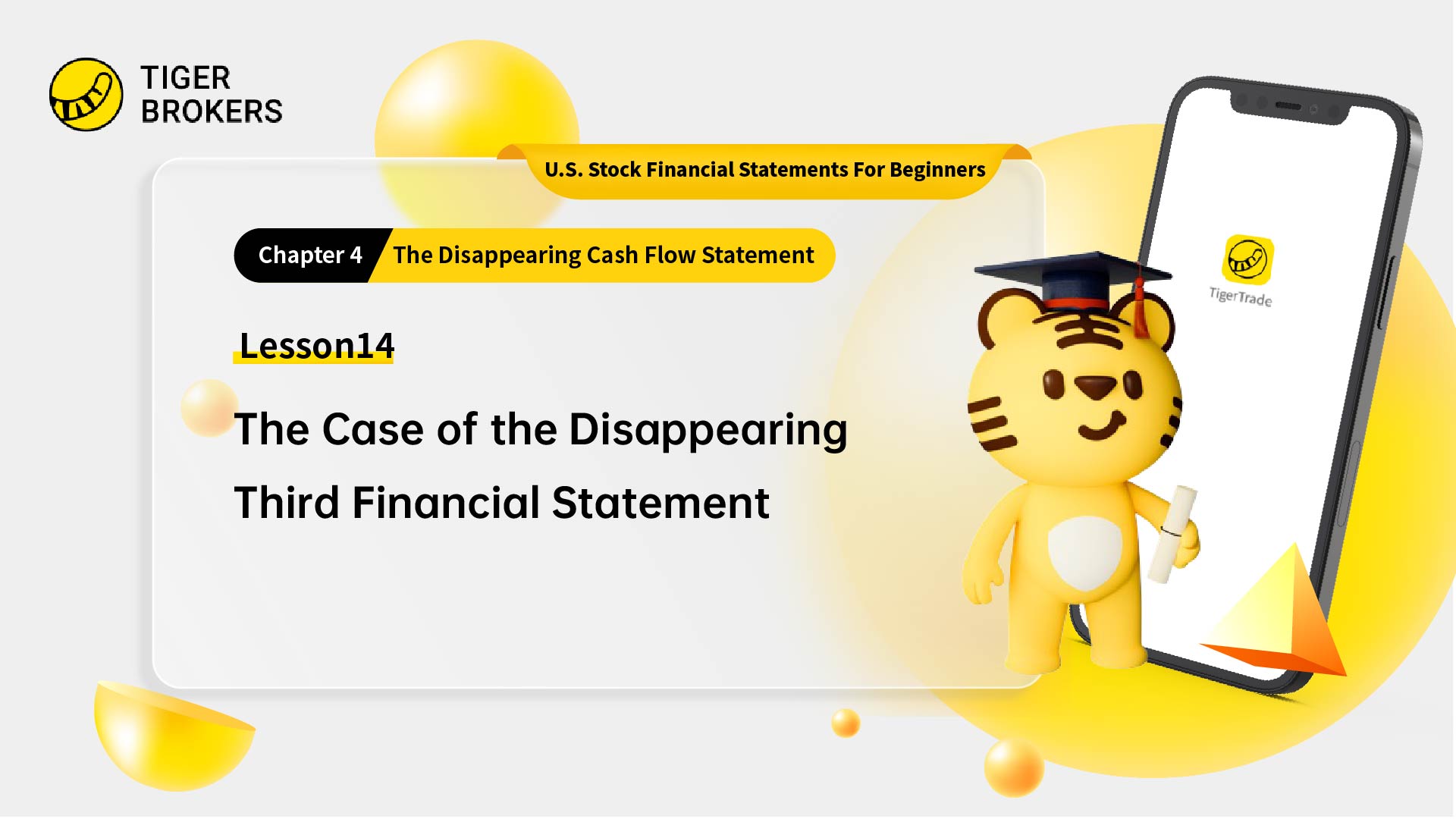
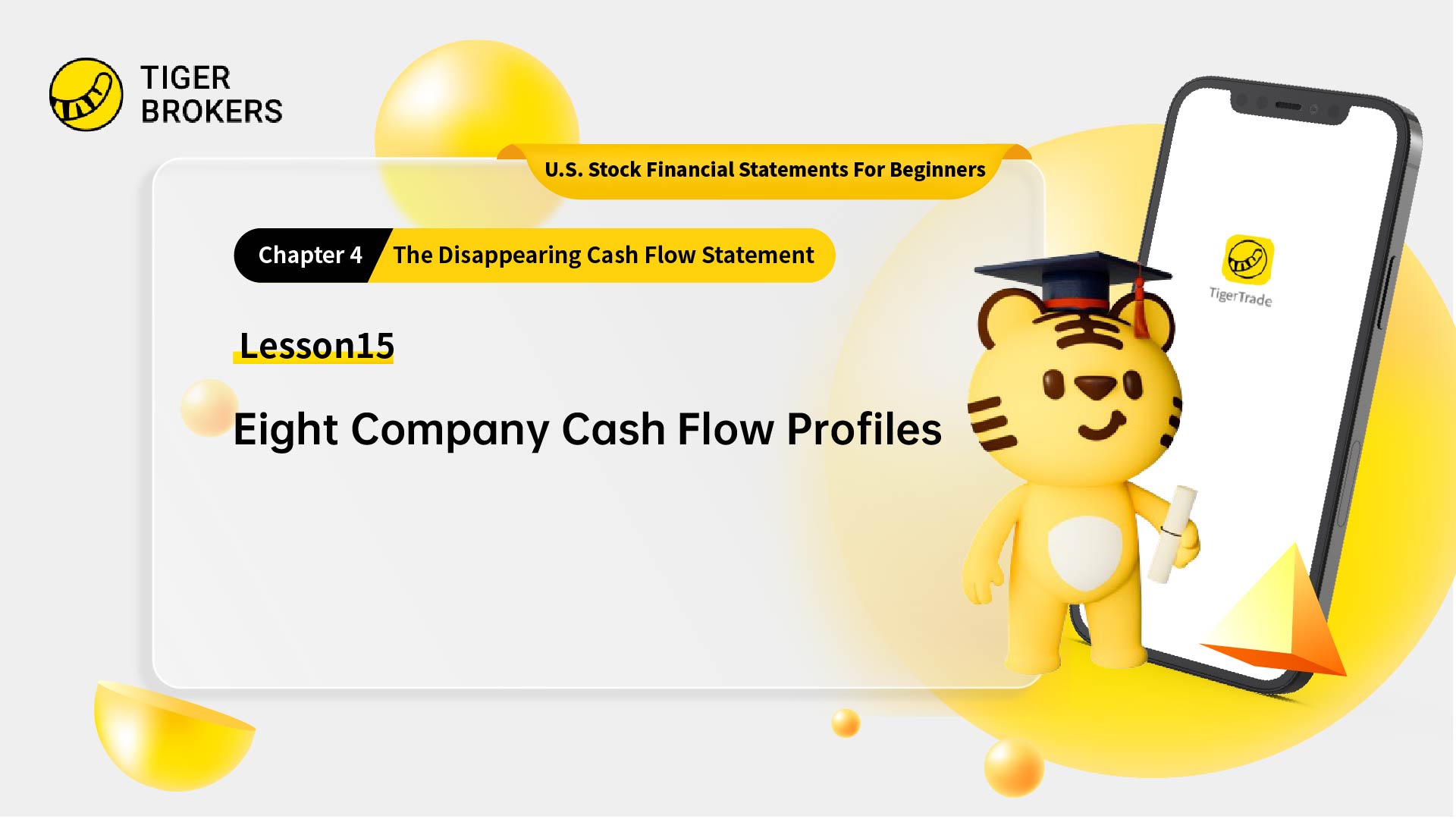
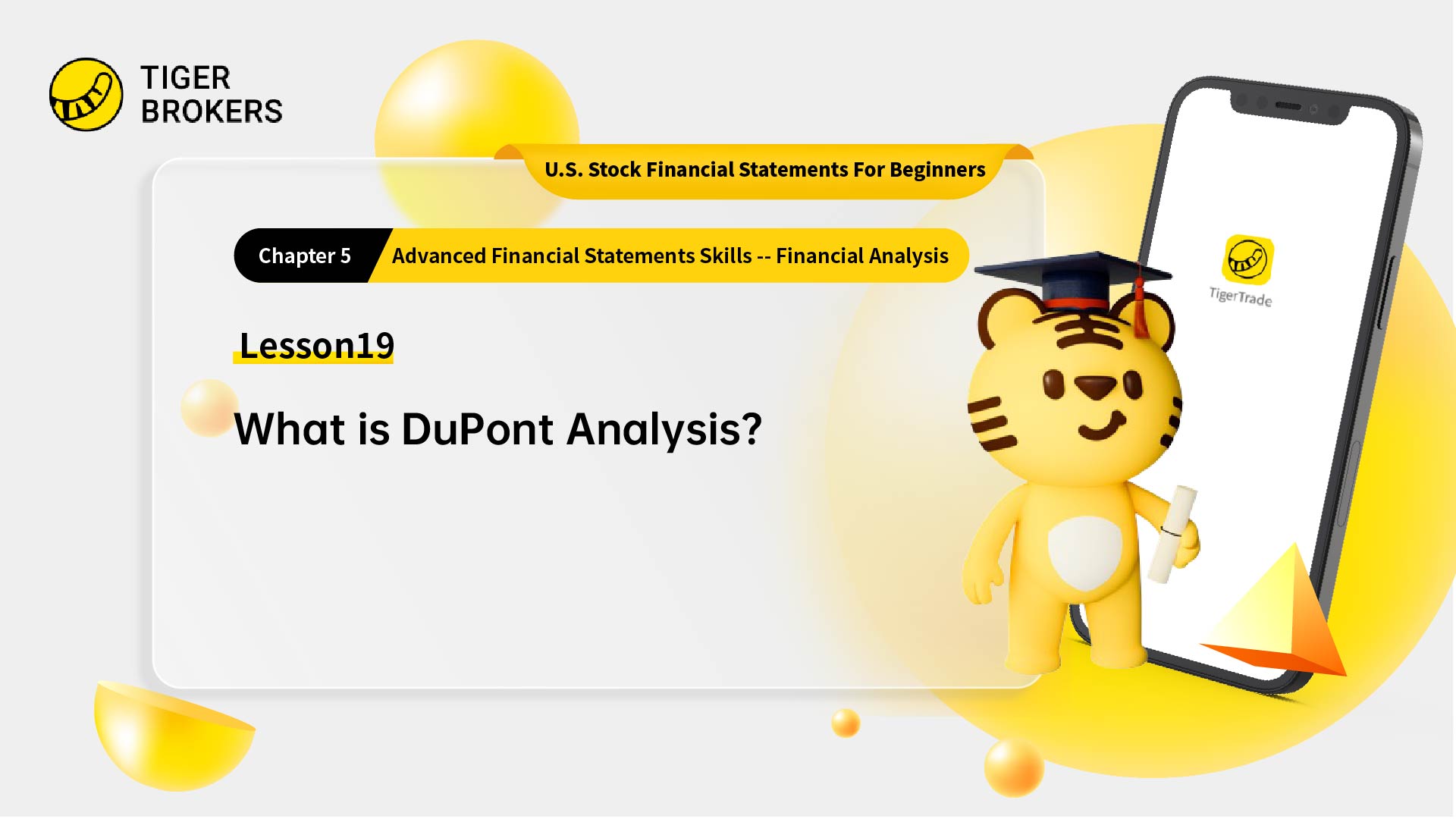

Comment